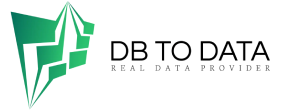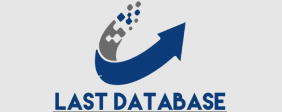What are the best POS systems for grocery stores?
Here are some areas where HR departments can leverage this technology to make better decisions: HR Management: HR managers can use talent analytics to create detail reports and presentations bas on the analysis of staffing data, such as open positions. and turnover rates; Talent Management : HR professionals task with recruiting, hiring, and retaining employees can use talent analytics to make data-driven decisions about employee engagement, learning and development opportunities, and all other elements of the employee lifecycle. employee; Workforce Management (WFM): HR professionals can use people analytics to accurately predict the future workload to help hire new talent and allocate employees in the most critical areas.
Employing data analytics to improve
Which areas of HR are impact by data analysis? Now that we know what people analytics is and that data analytics can be of great benefit to recruiting managers and HR teams, the next step is figuring out where to start. Employing data analytics to improve hiring and talent management decisions is not as easy as installing new talent Sudan Email List management software or pushing a simple button on your data analytics machine. First, you need clean data and a culture of good data management practices to ensure your information is accurate and reliable. The idea is to start small and progress. Below are the three main focus areas to start your talent analysis efforts in a manageable way.
Employee experience is different
One of the most important areas where talent analytics can improve the effectiveness of HR teams is the employee experience – or everything BX Leads an employee experiences and feels during their work experience, from the physical space around them to interactions with other employees. Employee experience is different from worker engagement in that they can have low levels of engagement or high levels of engagement, but their experience is the baseline that affects engagement levels. For example, if an employee has limit chances to interact with co-workers (experience), their engagement level may be low.








Leave a Comment